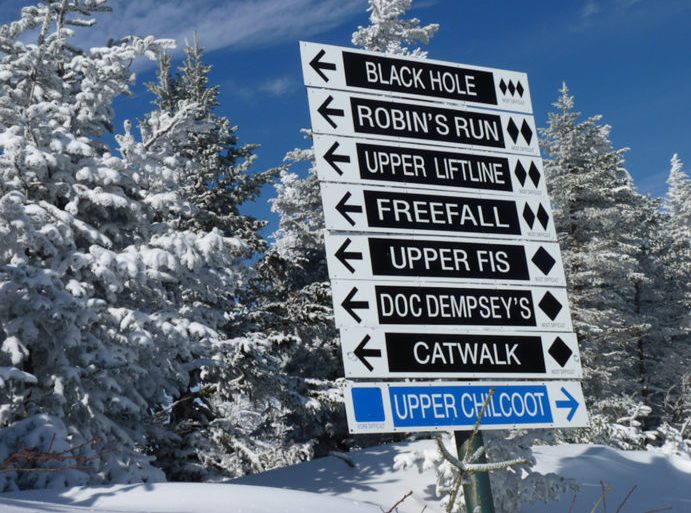Getting ready to descend the slippery slope of multimessanger cosmological black holes data
LOCATION: Sport & Kurhotel at Bad Moos - Via Val Fiscalina 27, 39030, Sexten
DETAILS
In about a decade from now, a new generation of ambitious experiments (LISA, Athena, SKA) will provide unique, yet complementary, information on the birth, growth and fate of supermassive black holes, reaching mass and luminosity limits unreachable before. These experiments have the potential of finally answer some of the most intriguing questions on the history of supermassive black holes, from the seed phases to the late stages of BH mergers.
To be able to maximize the scientific return of these experiments, the community has to be ready to interpret the data, in the context of a reliable underlying theoretical framework taking into account for a wide range of physical processes. This is largely missing at the moment, and current evaluation of the scientific potential of these observatories inevitably relies on models anchored to lower redshift/higher mass observables, largely extrapolating physics calibrated on those objects. This is in fact a ‘hard slope’ that needs to be descended with care, and to do so properly, a coordinated effort by the community is required in the next years. On the observational side, the upcoming eRosita and JWST data, among others, will be extremely useful to start pinning down a complete census of the AGN demography and occupation fraction at different cosmic times, as well as to start putting constraints on the possible routes of supermassive black hole formation and effects of quasar feedback of at high-z. On the theoretical side, a concerted effort is needed, combining zoom-in and large cosmological simulations together with semianalytic models. New observational constraints will inform high-resolution zoom-in simulations that can be used to assess the details of the formation and evolution of the first black hole seeds under a variety of physical assumptions. The results can then be nested in large cosmological simulations to assess the mass growth of high redshift massive black holes and the frequency of their mergers. Covering the whole possible physical parameter space by means of cosmological simulations is, however unfeasible. Analytical recipes as a function of relevant physical parameters need to be distilled and incorporated in fast semianalytic models that can be used to directly connect the statistics of systems observable by LISA SKA Athena to the driving physical and initial conditions at the dawn of galaxy formation.
The proposed workshop is intended precisely at bringing together experts of multi-messengers astronomy as well as theoretical experts in the field of supermassive black hole formation of evolution. The ultimate goal is to set up a clear roadmap for a coordinated effort to get the community ready for the amazing data that will be collected in the 2030s.
RELATED FILES
Bus transfer reservation is open
FEE
300 Eur
WORKSHOP CODE FOR PAYMENT
2020GERE
ORGANIZERS
Organizers: Silvia Bonoli, Nico Cappelluti, Alberto Sesana

